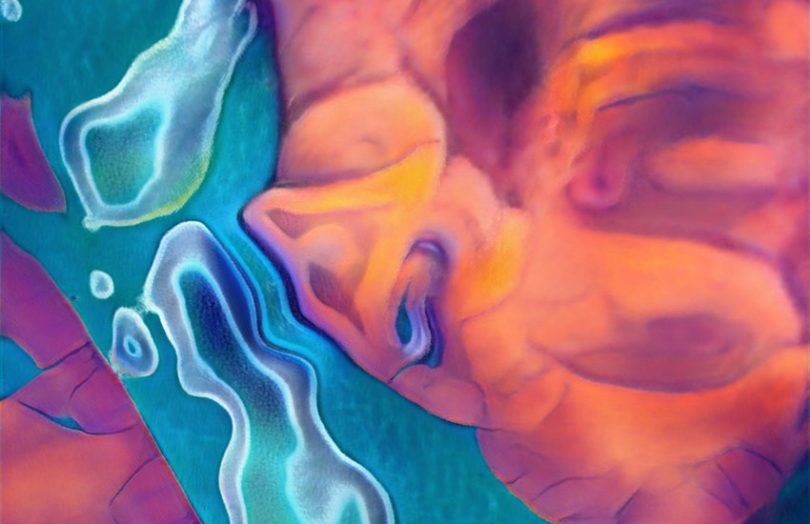Fetch.ai, the decentralized machine learning (ML) company, has launched a non-fungible token (NFT) platform that enables content creators to generate digital assets through AI and ML collectively. Colearn Paint creates pieces by combining the patterns in the artwork of up to 100 different artists.
Over the last couple of months, NFTs have been particularly disruptive in the art industry, challenging the concept of traditional art and pushing the boundaries of creative visual intellectual property. During the first four months of 2021, NFT art sales surpassed $437 million across open marketplaces such as Open Sea and curated platforms specific to digital art such as Nifty Gateway, which accounted for 71% of the sales alone.
The hype around NFTs and media coverage due to record digital art sales such as Beeple’s $69 million auction at Christies’ has contributed to the digital art trend. And various platforms were launched to support and promote this emerging sector.
Despite an increasing number of competitors, Colearn Paint is perhaps the first platform to combine AI and machine learning in NFT creation. It also enables the creation of abstract content because it uses algorithms to combine artistic patterns from multiple artists automatically.
One of the key features of Fetch.ai’s offer is that through the collaboration of content creation, the company is supporting an ecosystem of collective ownership. The digital asset is controlled by smart contracts and randomly generated from artists’ different patterns through Fetch.ai’s collective framework for machine learning technology. The profits resulting from the sale of the NFT will also be shared among all owners.
“Fetch.ai’s NFT platform is unique in that the true artist behind each NFT is an art model, not a human,” said Humayun Sheikh, CEO of Fetch.ai. “As NFTs continue to gain popularity, trained machine learning algorithms will streamline the process for users to create and sell these abstract compositions. We know the collective learning framework is the future, and we see this model being adopted for a multitude of products beyond NFTs.”
In the United States, if an NFT is owned by multiple people, there’s a good chance it’s a security. We wondered if this innovative solution could inadvertently result in NFTs that are securities. A Fetch.ai spokesperson clarified that the artists don’t own the NFT directly. What they own is the algorithm and money made from art generated by the algorithm.
There is a three-step process to participate in the creation of an NFT. The first is a dutch auction to take part in the collective learning process. Then, users upload an artistic pattern and select from AI-generated creation options. The last step is to mint the creation as an NFT.
While AI and machine learning are relatively new to the NFT art industry, algorithmically generated digital assets have been around for quite some time. CryptoPunks, which represents one of the first NFT projects ever, were generated algorithmically.
Fetch is applying its decentralized AI skills to various sectors, including partnering with Bosch for smart IoT devices.
Meanwhile, Louis Vuitton has launched a game with NFTs designed by digital artist Beeple. Auction house Sotheby’s is working on developing digital twins of physical art, and Christie’s auctioned some of Andy Warhol’s work as NFTs.
Update: Added a paragraph about the artists not jointly owning the NFT






